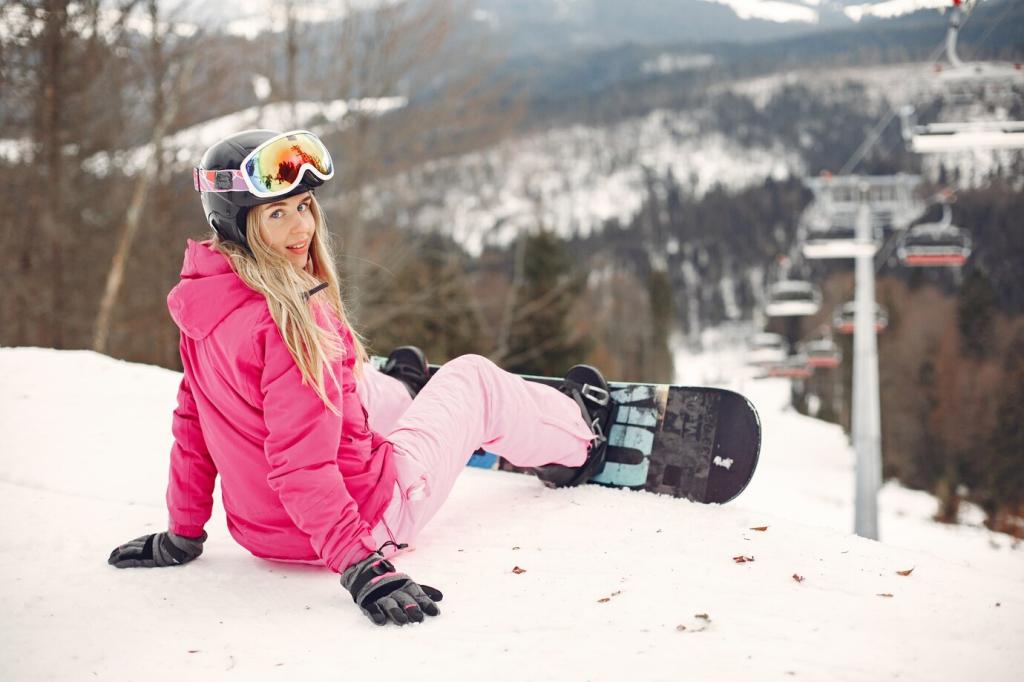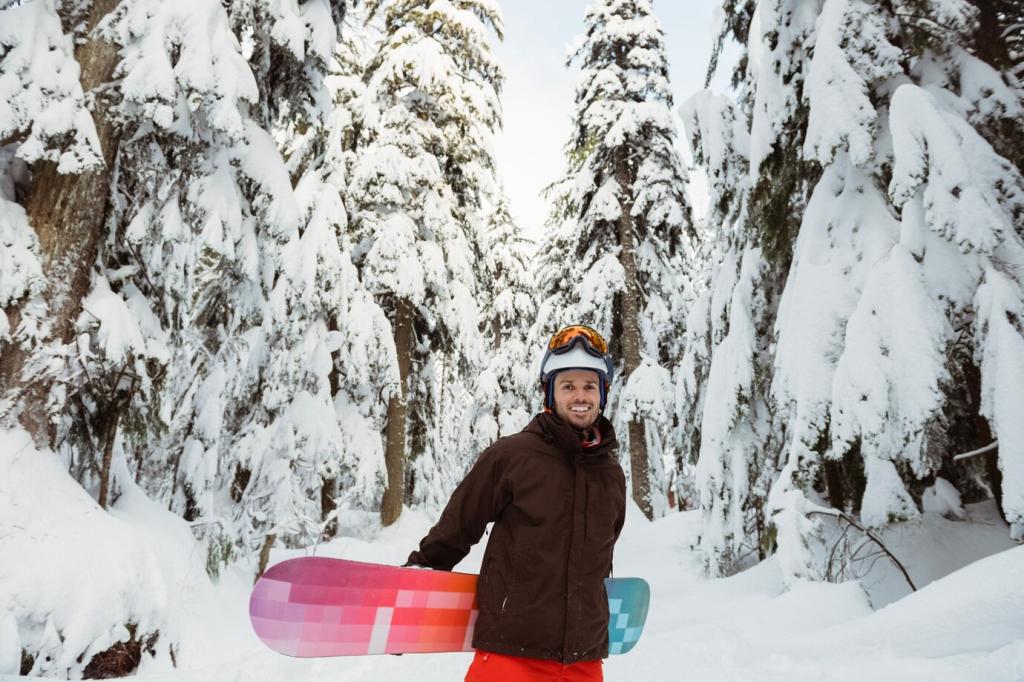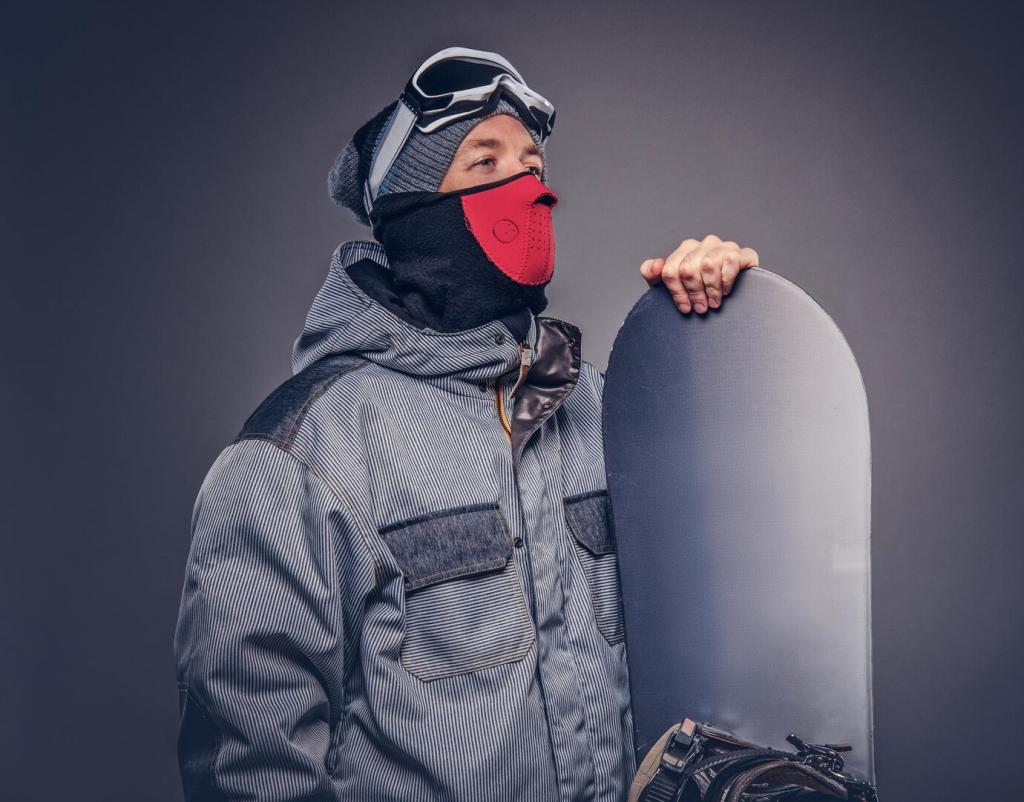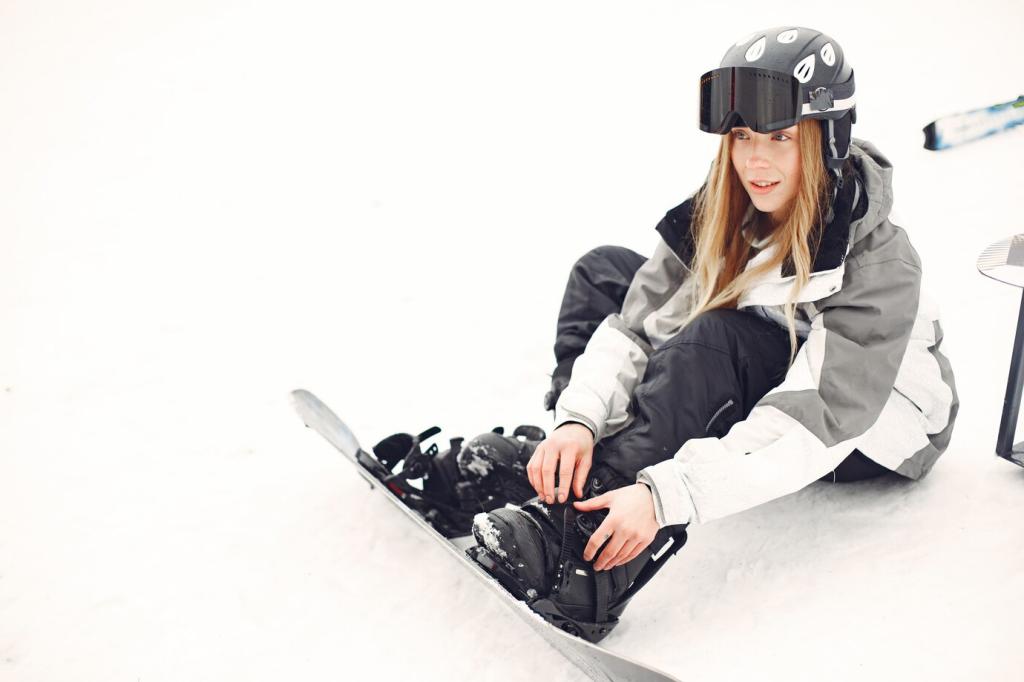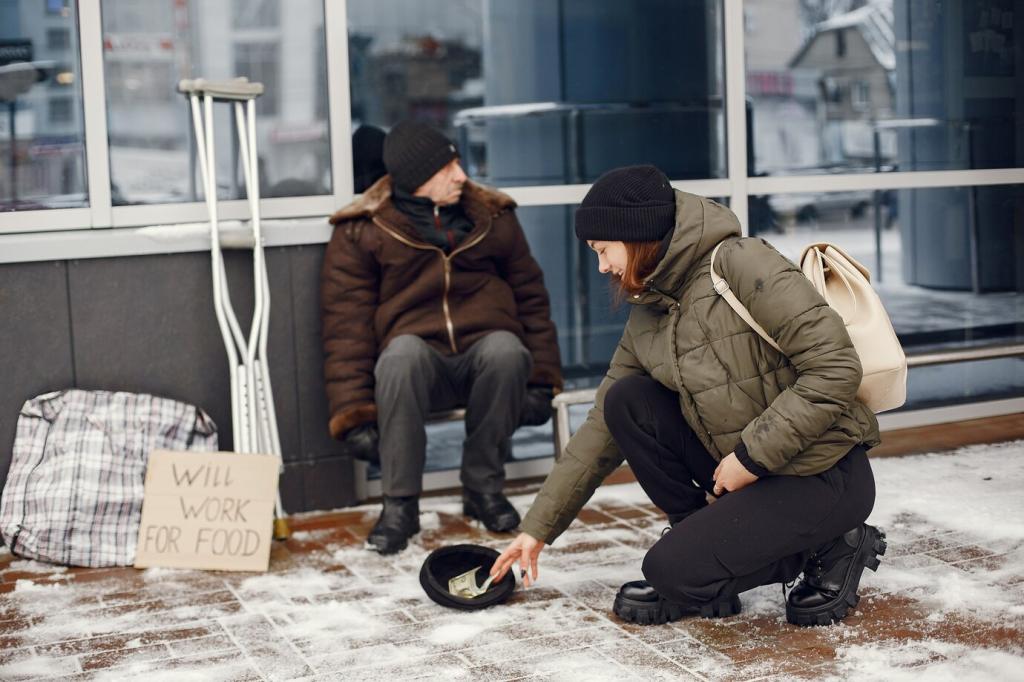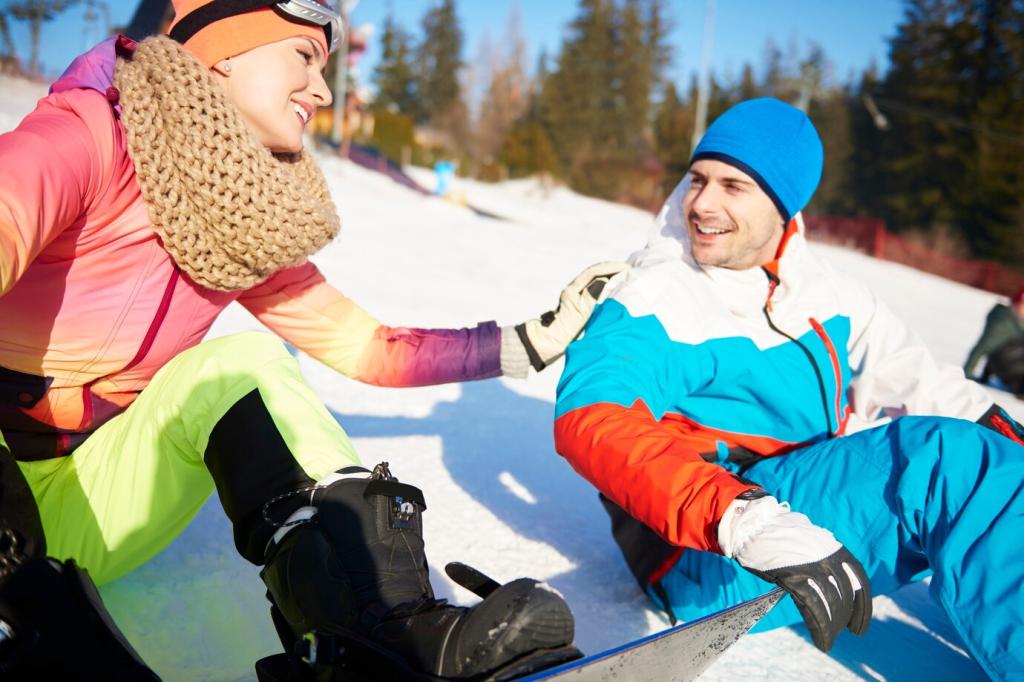Terrain Park Etiquette for First Timers
Watch a few riders, study the takeoff, landing, and speed. Read the park signs and start small. Ask a local, “How’s the speed today?” Most will happily help. Scoping is not hesitating; it’s smart preparation that prevents collisions and surprises.
Terrain Park Etiquette for First Timers
Say “Dropping!” clearly, then go—no last-second pauses. Don’t snake the line or cut in front of someone already set. Spot the landing to make sure it’s clear. When others do it right, shout a quick “Nice!” and keep the vibe supportive for beginners.


